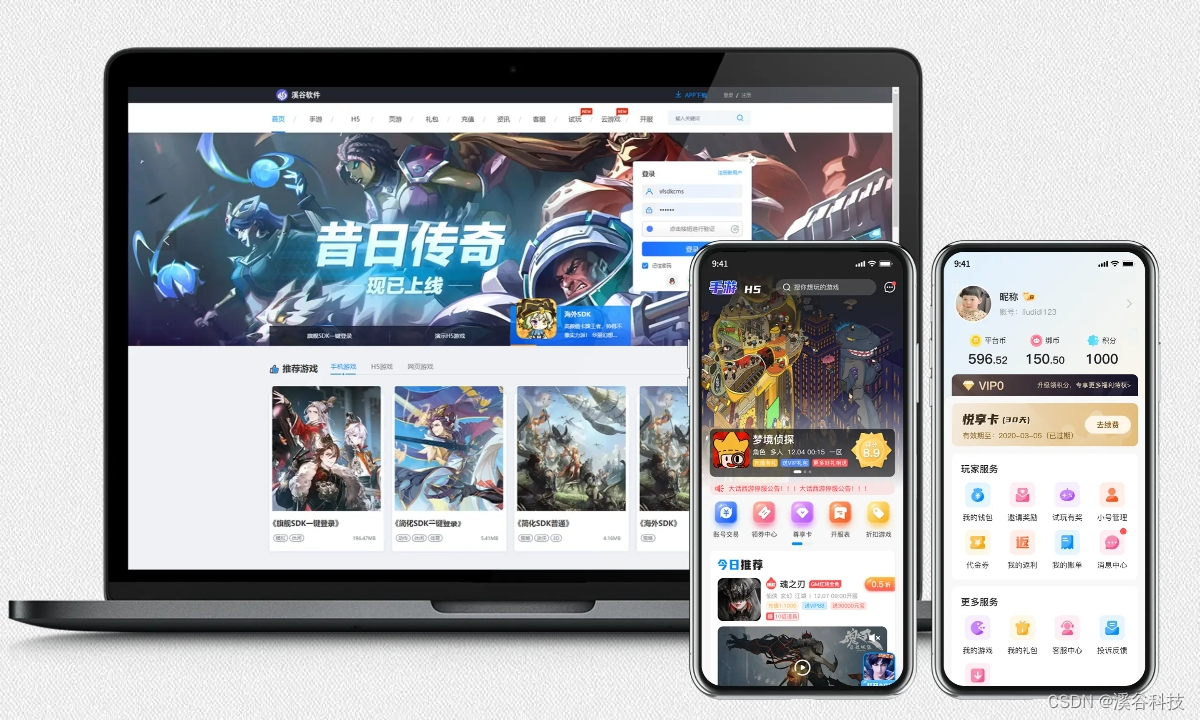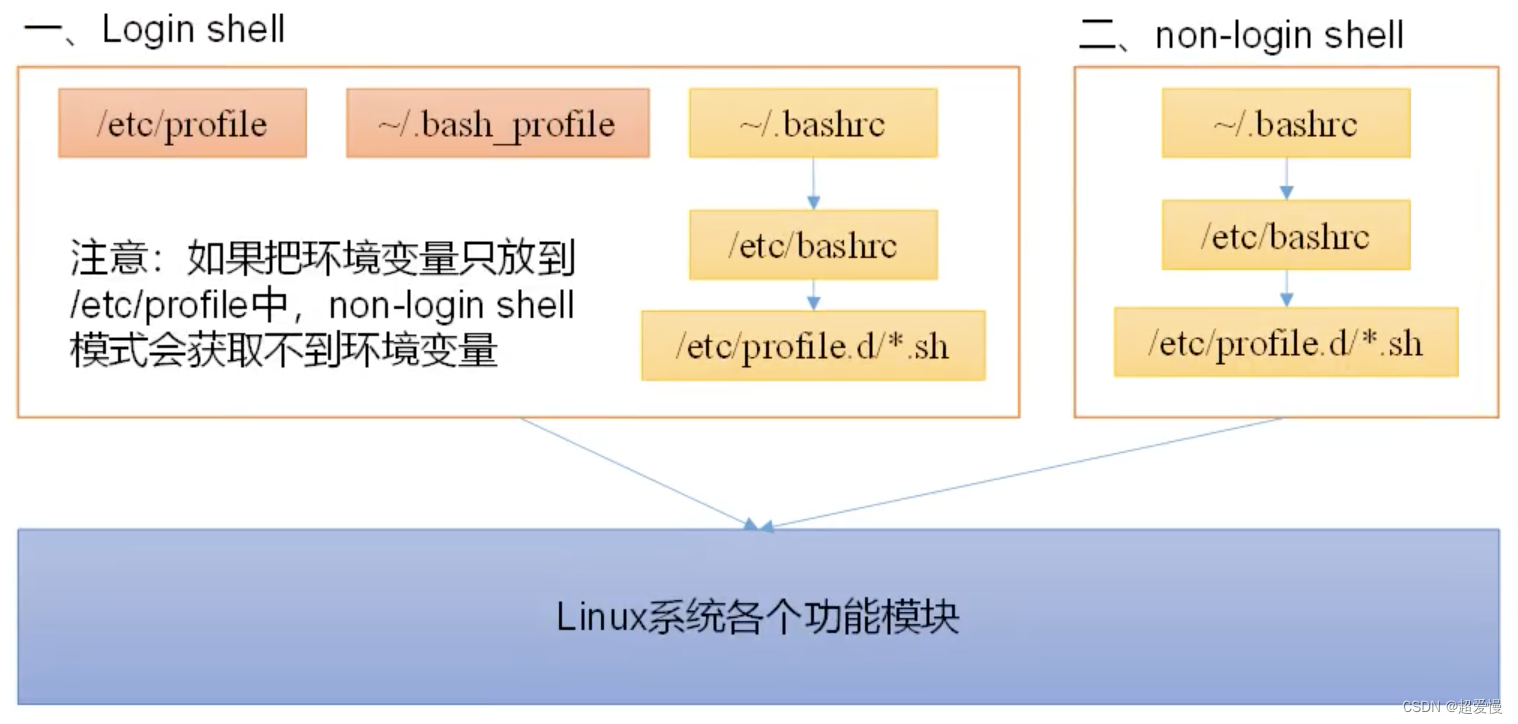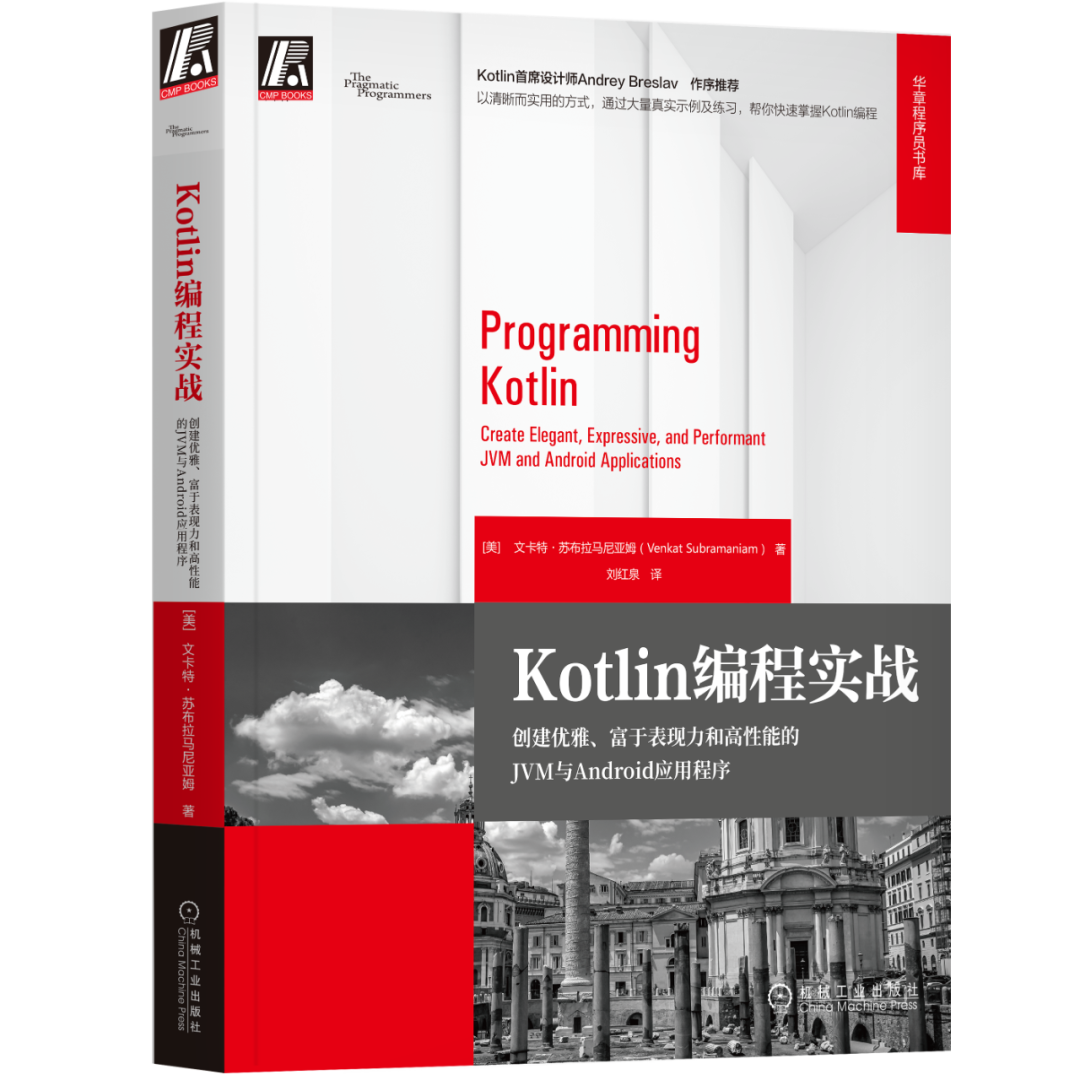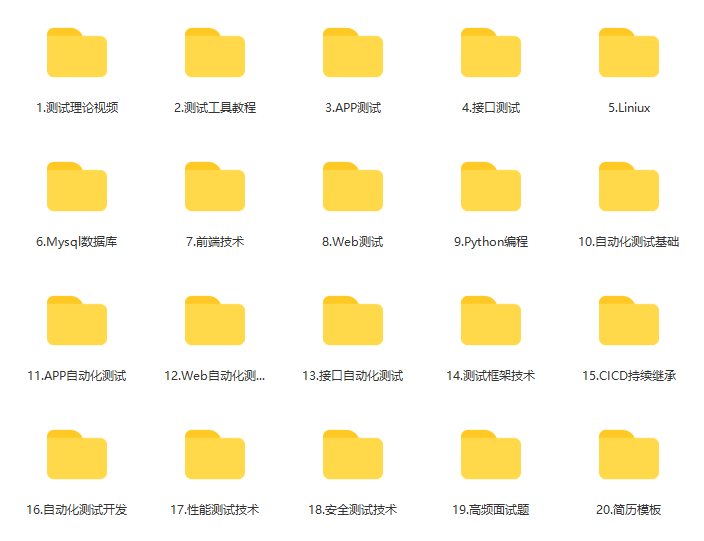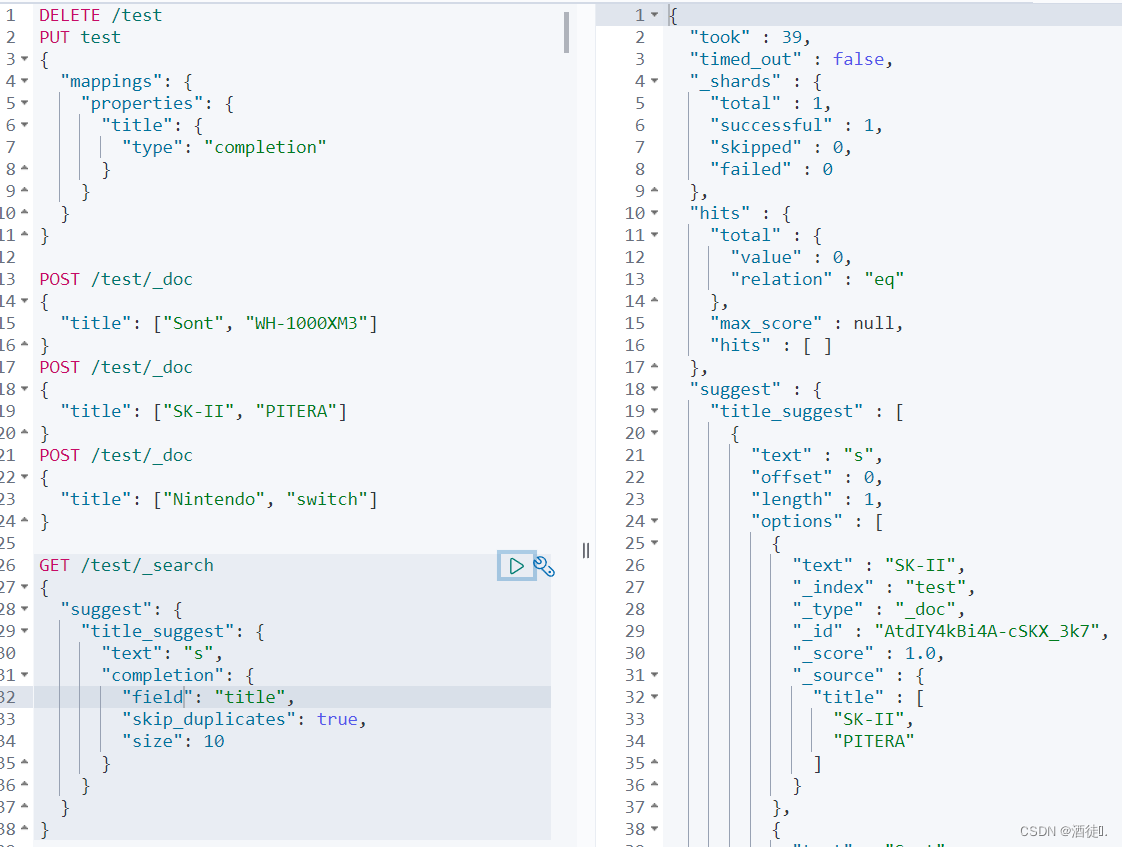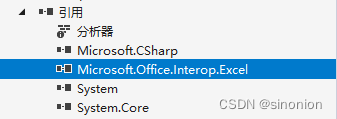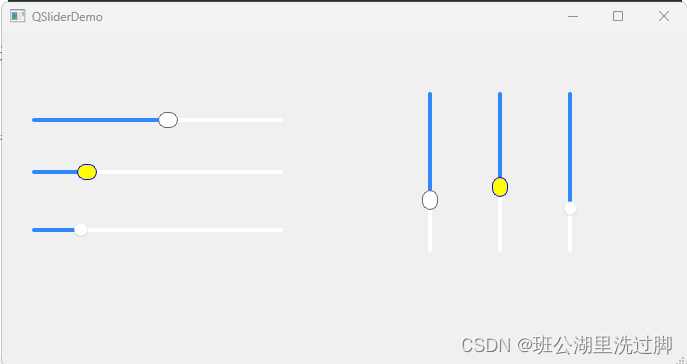1.原理
ThreadLocal是用来保存当前线程数据的,每一个线程的内部都有一个ThreadLocalMap,当前这个map中存储了以当前ThreadLocal作键,具体的数据作值的一个个Entry对象。
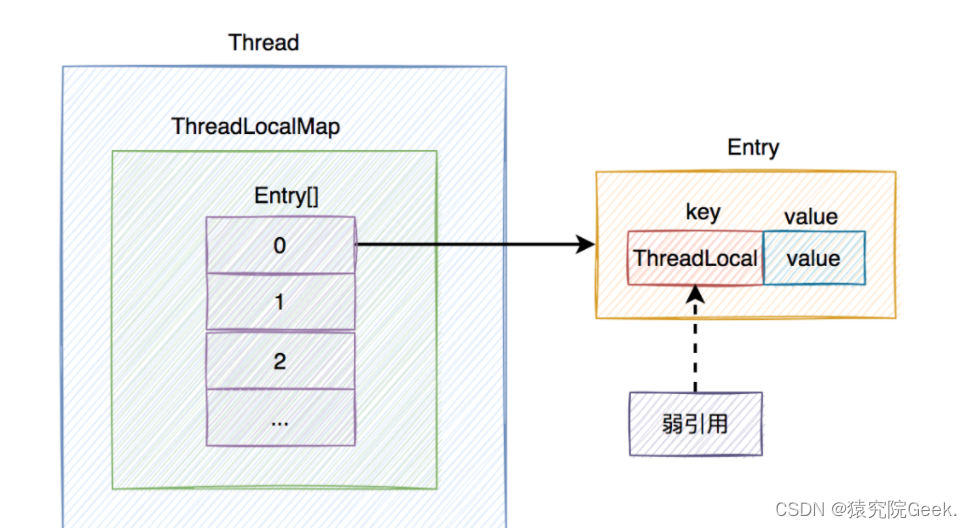
为什么非得以ThreadLocal对象作键呢?因为一个线程可能使用了不止一个ThreadLocal对象,如果以当前线程对象做键,再去找对应的ThreadLocal就很麻烦,产生混淆。
由于每一个线程都有属于自己的ThreadLocal线程局部变量,所以很好的实现了线程之间的数据隔离(ThreadLocal中保存的数据仅属于当前线程)。
2.ThreadLocal中的常见方法:
(1)存储数据 set()
(2)获取数据 get()
(3)清除数据 remove()
那么问题来了,具体是怎样利用ThreadLocalMap查找数据的呢?不论是set()、get()、remove()等方法对当前map进行操作时,最终都定位到了通过计算出的下标来操作。
而这个下标是通过哈希算法计算得到的,操作ThreadLocalMap是以当前的ThreadLocal作key,通过当前的key的HashCode值和Entry[]数组长度-1作“&”运算,来计算出实际操作位置的下标,从而达到访问元素的目的。
作按位与运算的效果和利用哈希值直接进行取余%运算一样,但效率上大大提高。
3.如何实现父子线程共享数据?
利用了jdk提供ThreadLocal的子类InheritableThreadLocal来实现。
public class ThreadLocalTest {
public static void main(String[] args) {
InheritableThreadLocal<String> threadLocal = new InheritableThreadLocal<String>();
threadLocal.set("风萧萧兮易水寒");
System.out.println("main主线程:"+threadLocal.get());
Thread thread = new Thread(new Runnable() {
@Override
public void run() {
System.out.println("子线程:"+threadLocal.get());
}
});
thread.start();
}
}main函数为父线程,创建了一个thread子线程,利用InheritableThreadLocal这个子类来共享父线程的数据。
父线程子线程均输出“风萧萧兮易水寒”。
4.ThreadLocal如何避免内存泄露?
执行完相关的业务逻辑后,最终在finally代码块中都会调用remove()方法,将当前map中的ThreadLocal键置为空,value置为空,从而在垃圾回收的时候及时回收无用数据。
5.应用
(1) 线程的数据隔离
因为ThreadLocal对象只属于当前线程,那么ThreadLocal中的数据也属于当前线程,在多线程并发的情况下,很好的实现了不同线程的数据隔离,避免了采用synchronized锁机制来保证线程安全而导致的性能上的代价。
例如:SqlSession会话对象绑定,避免多个线程使用同一个SqlSession对象,由于关闭导致异常。
//当前线程的线程局部变量
private static final ThreadLocal threadSession= new ThreadLocal();
public static SqlSession getSession(){//获取session会话方法
SqlSession s = (SqlSession)threadSession.get();//通过仅属于当前线程的threadSession对象来获取
if(s==null){//为空
s = getSqlSessionFactory().openSqlSession();//则重新建立会话
threadSession.set(s);//并存到ThreadLocalMap中去
}
}(2)跨函数调用
数据通常用于同一个类中的传递,如果利用方法传递势必要关心方法的返回值类型及参数,但利用ThreadLocal可以直接实现获取,这样做还达到了解耦的效果。
例如:RequestContextHolder源码就有很好的体现
@Nullable
public static RequestAttributes getRequestAttributes() {
// 获取当前线程中的存储的Request Attribute
//直接通过ThreadLocal对象来获取
RequestAttributes attributes = requestAttributesHolder.get();
if (attributes == null) {
attributes = inheritableRequestAttributesHolder.get();
}
return attributes;
}
private static final ThreadLocal<RequestAttributes> requestAttributesHolder = new NamedThreadLocal<>("Request attributes");
private static final ThreadLocal<RequestAttributes> inheritableRequestAttributesHolder = new NamedInheritableThreadLocal<>("Request context");以上就是我对ThreadLocal线程区域对象的粗略理解,欢迎诸君共同探讨。
